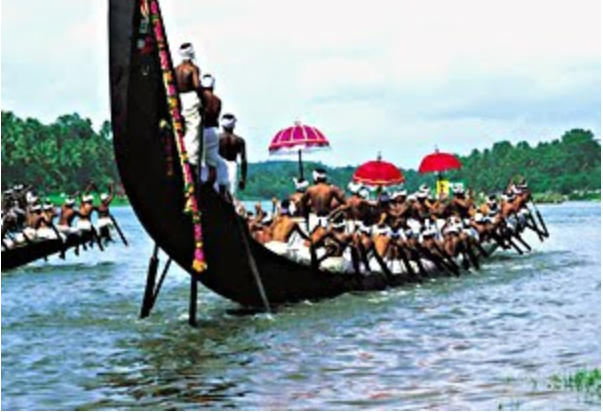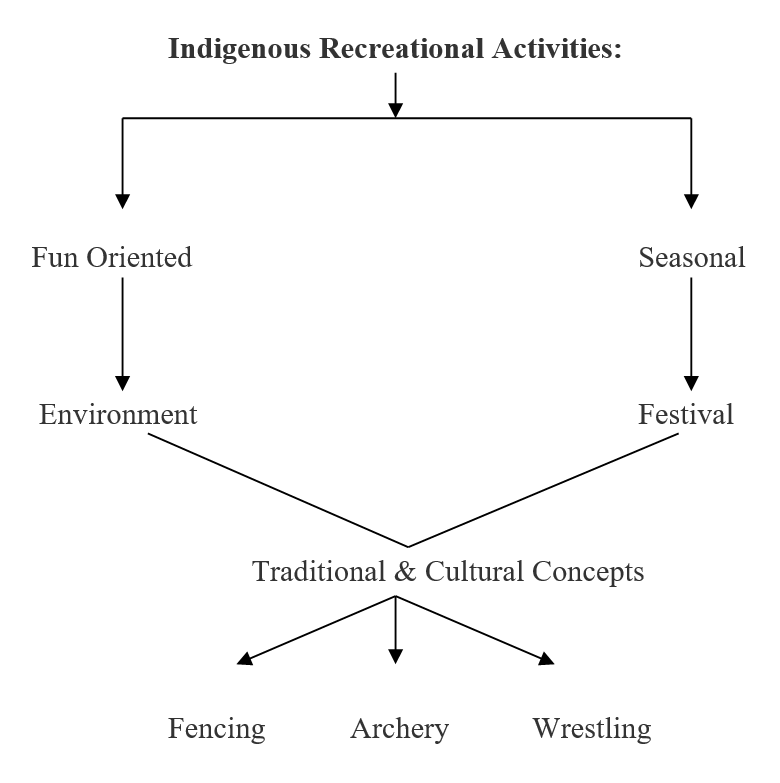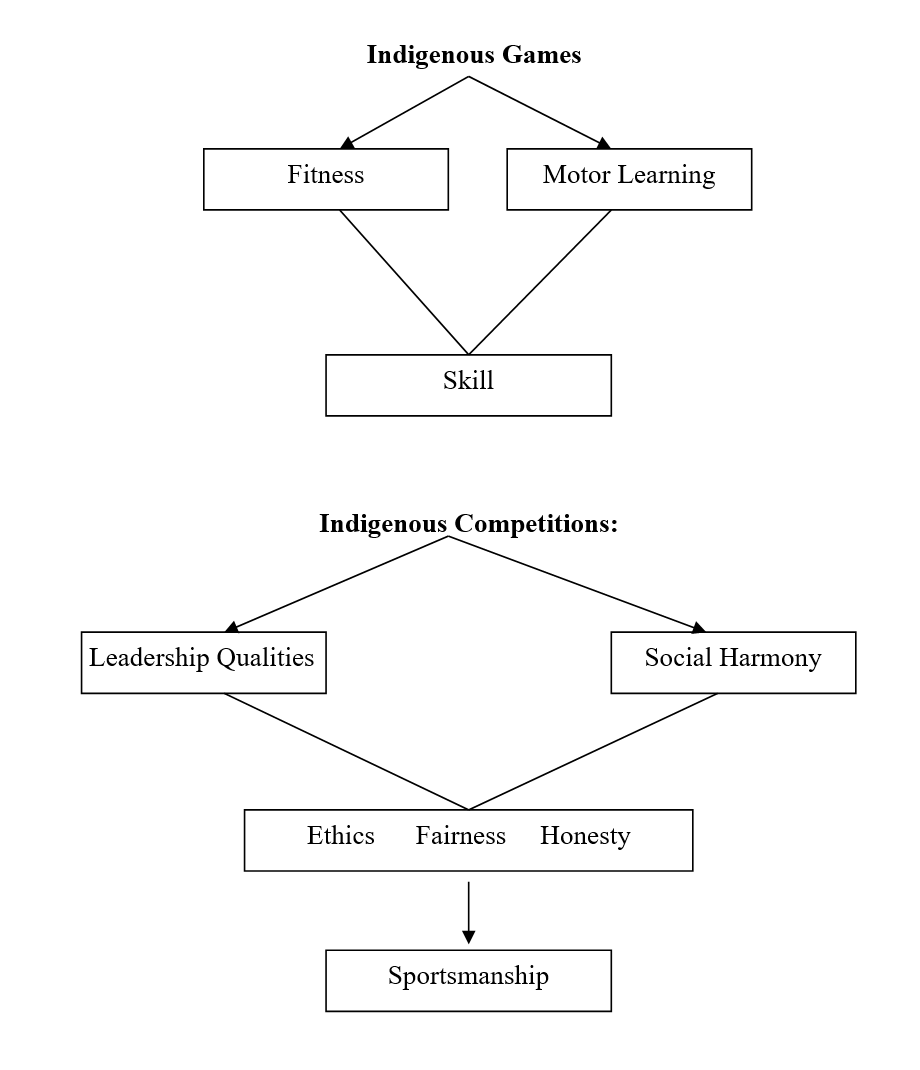INFLUENCE OF SOCIO-ECONOMIC STATUS ON ACADEMIC EXCELLENCE AMONG THE STUDENTS OF RESIDENTIAL SCHOOLS OF BANGALORE AND MYSORE DISTRICTS
Download PDF
In addition to co curricular or extracurricular activities, "analyses revealed that regardless of students' background and prior achievement, various parenting, volunteering, and home learning activities positively influenced student grades". Numerous studies have examined the factors influencing students' academic achievement, and many activities were found to have a significant influence.
Socio economic status plays an important role in the life of a person. The status opens the ways for his progress. Intelligence, attitudes, aptitudes and even interests are patterned by socio economic background of an individual. Socio economic status refers to the position that an individual and family occupies with reference to prevailing average standards, cultural possession and participation in group activity of community.
FITNESS & WELLNESS THROUGH INDEGENOUS GAMES
By
Dr. Sundar Raj Urs1 and S Muniraju2
Reader, University College of Physical Education, Bangalore University
Email: sundarrajurs@yahoo.co.in
Dr S Muniraju2
Research Scholar, University College of Physical Education, Bangalore University
Email: muniraj7575@gmail.com
Abstract:
Many people see the traditional/Indigenous games as a strong indicator that their culture can survive. In this way traditional/Indigenous games are not only helping youth to get physically fit but also inspiring older members of the Indigenous community.
The systematic displacement from a very physically active lifestyle in our natural outdoor environment to a sedentary, indoor lifestyle is at the root of many of the ubiquitous chronic diseases that are endemic in our culture. The intuitive solution is to simulate the indigenous human activity pattern to the extent that this is possible and practically achievable. A suggestion for exercise mode, duration, intensity, and frequency has to be outlined with a focus on realigning our daily physical activities with the archetype that is encoded within our genome.
Physical activity is decreasing in our society, especially in children as they mature. Clear evidence suggests that physical activity has numerous favorable beneficial physiologic effects that result in demonstrable reductions in cardiovascular and other disease endpoints. Daily exercise substantially alters the expression of a substantial proportion of the genes that comprise the human genome. These profound and far-reaching changes in genetic expression may explain why cardiovascular fitness and daily energy expenditure on physical activity are among the strongest correlates of long-term health and survival.
Keywords: Traditional games, Indigenous games, Fitness, Wellness
FITNESS & WELLNESS THROUGH INDEGENOUS GAMES
By
Dr. Sundar Raj Urs1 and S Muniraju2
Reader, University College of Physical Education, Bangalore University
Email: sundarrajurs@yahoo.co.in
Dr S Muniraju2
Research Scholar, University College of Physical Education, Bangalore University
Email: muniraj7575@gmail.com
Indigenous, means innate Inherent, Natural, Originated in and Characteristics of particular region or country.
Traditional/Indigenous games are inclusive games and not competitive. For example, if a player gets 'out' in some games they can immediately rejoin the game once leaving the field.
Benefits of Indigenous/Traditional Games
Benefits of bringing traditional Indigenous games back to life include
● Bringing-together of Indigenous and non-Indigenous people
● Help reconnect urban Indigenous youth to their culture
● Boost education retention in economically poor section
● Promote reconciliation(Reunion)
● Provide essential training in social interaction
● Enhance physical health
Many people see the traditional/Indigenous games as a strong indicator that their culture can survive. In this way traditional/Indigenous games are not only helping youth to get physically fit but also inspiring older members of the Indigenous community.
The systematic displacement from a very physically active lifestyle in our natural outdoor environment to a sedentary, indoor lifestyle is at the root of many of the ubiquitous chronic diseases that are endemic in our culture. The intuitive solution is to simulate the indigenous human activity pattern to the extent that this is possible and practically achievable. A suggestion for exercise mode, duration, intensity, and frequency has to be outlined with a focus on realigning our daily physical activities with the archetype that is encoded within our genome.
Physical activity is decreasing in our society, especially in children as they mature. Clear evidence suggests that physical activity has numerous favorable beneficial physiologic effects that result in demonstrable reductions in cardiovascular and other disease endpoints. Daily exercise substantially alters the expression of a substantial proportion of the genes that comprise the human genome. These profound and far-reaching changes in genetic expression may explain why cardiovascular fitness and daily energy expenditure on physical activity are among the strongest correlates of long-term health and survival.
Indigenous Activities
● Economical
● Mass Oriented
● Social Obligations
● Natural & Non Competitive
● Fun, Recreation & Fitness Oriented
Nonetheless, our innate exercise capabilities and requirements that evolved via natural selection over thousands of millennia remain essentially the same as for our Stone Age ancestors. Marked deviation from those indigenous exercise patterns predictably results in physical disability and disease. Today, as the last lifestyle are being eclipsed by modern civilization, science is coming to realize the importance of this way of life for current-day human health, and its relevance to optimal fitness in the 21st century.
Indigenous Games & Sports
1. Economical
a. Infrastructure b. Players Belongings
2. Nativity
a. Tradition Oriented b. Cultural
3. Fitness Oriented (Natural & Outdoor Activities)
Compared with the glacial pace of genetic evolution, human technological and social evolution has occurred at light speed. This discordance has left us genetically adapted for the rigors of life as a hunter-gatherer despite the fact that we are citizens of the high-tech, sedentary, overfed, emotionally stressed 21st-century world.
Indigenous Sports of India |
|
|
Traditional sports of India can be traced back to Vedic times, when indigenous sports such as archery, chariot racing, wrestling, yoga and swimming were popular with royalty. After Independence, Team India garnered laurels at various international sports events in disciplines such as hockey, cricket, shooting, wrestling and tennis. Today, sports such as basketball, football, cricket, athletics and martial arts are gaining in popularity with the youth. |

|
Indigenous Fitness Related Activities:


India has very young citizens, with people between 15 - 35 years of age comprising more that 40 per cent of the population. As a country of young people, India has high potential to excel in the field of sports, games and other youth activities. The growth and development of this active section of society is needed to ensure India performs well at the international level. One way is to promote the indigenous sports of India at the local level, in schools and colleges.

India has a strong tradition of traditional sports and games that are played all over the country. Some games like Kabaddi and Kho Kho are popular nationwide, while other indigenous sports of India are specific to a certain State or region. The National Sports Policy, 2001 aims to promote traditional sports through various schemes related to rural sports. According to this policy, high priority will be accorded to the development of sports in rural areas to harness local talent available there.

References:
1. Nader PR, Bradley RH, Houts RM, McRitchie SL, O'Brien M. Moderate-to-vigorous physical activity from ages 9 to 15 years. JAMA . 2008;300:295-305
2. Booth FW, Laye MJ, Lees SJ, Rector RS, Thyfault JP. Reduced physical activity and risk of chronic disease: the biology behind the consequences. Eur J Appl Physiol . 2008;102:381-390
3. Booth FW, Lees SJ. Fundamental questions about genes, inactivity, and chronic diseases. Physiol Genomics . 2007;28:146-157
4. Cordain L, Friel J. The Paleo Diet for Athletes: A Nutritional Formula for Peak Athletic Performance. New York: Rodale Books; 2005;
5. Sandvik L, Erikssen J, Thaulow E, Erikssen G, Mundal R, Rodahl K. Physical fitness as a predictor of mortality among healthy, middle-aged Norwegian men. N Engl J Med . 1993;328:533-537
6. Kokkinos P, Myers J, Kokkinos JP, et al.Exercise capacity and mortality in black and white men. Circulation. 2008;117:614-622
7. Byberg L, Melhus H, Gedeborg R, et al. Total mortality after changes in leisure time physical activity in 50 year old men: 35 year follow-up of population based cohort. BMJ . 2009;338:b688
8. Hill A, Ward S, Deino A, Curtis G, Drake R. Earliest Homo. Nature. 1992;355(6362):719-722
9. Fenner JN. Cross-cultural estimation of the human generation interval for use in genetics-based population divergence studies. Am J Phys Anthropol . 2005;128:415-423
10. Tremblay MS, Esliger DW, Copeland JL, Barnes JD, Bassett DR. Moving forward by looking back: lessons learned from long-lost lifestyles. Appl Physiol Nutr Metab . 2008;33:836-842
11. Bassett DR. Physical activity of Canadian and American children: a focus on youth in Amish, Mennonite, and modern cultures. Appl Physiol Nutr Metab . 2008;33:831-835

















